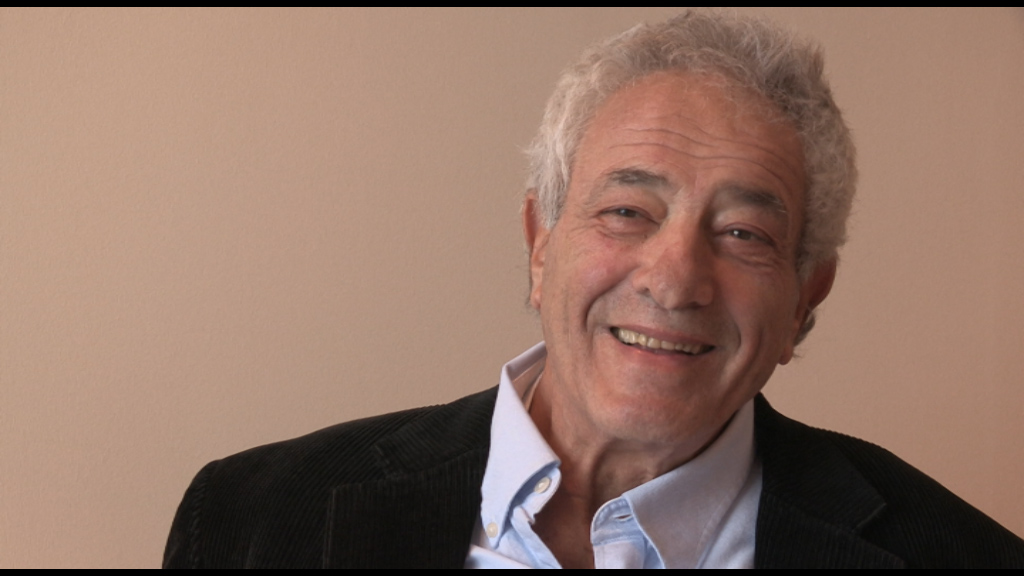NEXT STORY

Shaking up the status quo at Penguin Books
RELATED STORIES

NEXT STORY

Shaking up the status quo at Penguin Books
RELATED STORIES


|
Views | Duration | |
|---|---|---|---|
| 71. Our vertical offices | 15 | 02:24 | |
| 72. First brush with the unions | 15 | 02:43 | |
| 73. Doing battle with the jobsworths | 16 | 04:15 | |
| 74. Go-slow Britain | 14 | 03:30 | |
| 75. Ringing the changes at the Penguin office | 15 | 02:42 | |
| 76. Trying to recapture the joy of reading | 21 | 04:03 | |
| 77. Publishing The Far Pavilions | 18 | 04:00 | |
| 78. Shaking up the status quo at Penguin Books | 15 | 02:42 | |
| 79. Turning around Penguin's fortunes | 19 | 02:45 | |
| 80. You can’t have a kissing couple on the cover of a Penguin... | 20 | 02:17 |


The second book we bought for quite a bit of money was William Wharton's Birdy, and this was much more Penguin country. And we published it very well, and it did very well, and Penguin was on the way back. But I did learn one thing, that Penguin was always news, so that whatever we did would be remarked on more than if some other publisher had published it. If some other publisher had published Mr Sheppard's book [The Four Hundred], they probably would have gotten away with it.
And then we came to The Far Pavilions, where I had the temerity to have a couple kissing on the cover. That was considered something other publishers did, but not Penguin. Actually, the story is legend, and also, like many legends, not correct. I was associated with the book's success, but, in fact, I can't take any real credit for bringing the book into Penguin. The book had been bought by the former Longmans and [even] before Longmans was integrated into Penguin by Pearson. And Longmans was not then just an educational publisher - it was a publisher, did trade books, general books, and it also did educational books. And a book by a British writer named Molly Kaye, which was an Anglo-Indian novel called The Far Pavilions, and she had been married to, she was still married at that time, to a British Army officer, and she had been stationed in India. And she wrote a big, sweeping romance of life in India at that time.
She took 20 years to write the book. Nobody at Penguin knew the book even existed anymore, because Longmans had been integrated. One day, a little lady, Molly Kaye herself, came into the reception - this is before I came to Penguin - and brought the manuscript with her and said, I'm Molly Kaye. Here's my novel. Nobody knew anything about it.
But it was, in fact, owned by Penguin, and it was read by Penguin, by, I think, John Guest who had also worked at Longmans, and now was either full-time or consultant to Penguin, and Peter Carson, and maybe a few other people as well, and they thought it was a commercial novel, and they published it. And that was unusual, too. They published it at Allen Lane, which was a new, newish imprint that had been created at Penguin to publish hardcovers.
You'll remember, of course, that Penguin's reputation had been made in paperbacks. So I think, partly to acquire copyrights - this is, again, still before my time - Penguin created the Allen Lane imprint, which was hardcovers. And people like Peter Carson, who was also the history editor of Penguin, became - and Eleo Gordon, his wife, who had also been at Longmans - were in charge of that.
And they published The Far Pavilions in hardcover, to a modest success. A success, certainly, not a raging success, it wasn't the biggest best-seller of the year, but it was a best-seller.
Peter Mayer (1936-2018) was an American independent publisher who was president of The Overlook Press/Peter Mayer Publishers, Inc, a New York-based publishing company he founded with his father in 1971. At the time of Overlook's founding, Mayer was head of Avon Books, a large New York-based paperback publisher. There, he successfully launched the trade paperback as a viable alternative to mass market and hardcover formats. From 1978 to 1996 he was CEO of Penguin Books, where he introduced a flexible style in editorial, marketing, and production. More recently, Mayer had financially revived both Ardis, a publisher of Russian literature in English, and Duckworth, an independent publishing house in the UK.
Title: Publishing "The Far Pavilions"
Listeners: Christopher Sykes
Christopher Sykes is an independent documentary producer who has made a number of films about science and scientists for BBC TV, Channel Four, and PBS.
Tags: Birdy, Penguin Books, The Far Pavilions, Longman, India, Molly Kaye
Duration: 4 minutes
Date story recorded: September 2014-January 2015
Date story went live: 12 November 2015